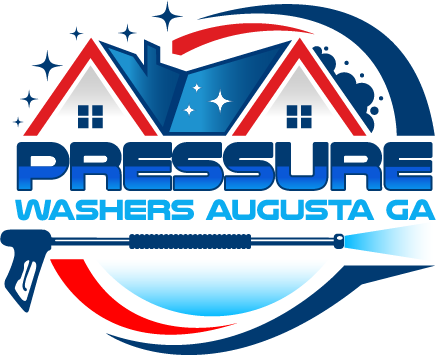Before pressure washing your house, it’s important to gather information and take certain precautions to ensure a safe and effective cleaning process. Here’s what you need to know:
1. House Material and Siding Type:
Identify the type of siding your house has (e.g., vinyl, wood, brick, stucco) and any special considerations or precautions associated with that material. Different materials may require different pressure settings and cleaning techniques.
2. Pressure Washer Selection:
Choose the appropriate pressure washer for the job. Consider the PSI (pressure in pounds per square inch) and GPM (gallons per minute) ratings of the pressure washer. Lower PSI is suitable for delicate surfaces, while higher PSI is better for tougher cleaning tasks.
3. Nozzles and Attachments:
Familiarize yourself with the various nozzles and attachments that come with your pressure washer. Different nozzles create different spray patterns and pressure levels. Use the appropriate nozzle for the task at hand.
4. Pressure Settings:
Adjust the pressure settings on the pressure washer to the recommended level for your siding material and the specific cleaning task. Higher pressure isn’t always better and can damage some surfaces.
5. Cleaning Agents:
Determine whether you need to use cleaning agents or detergents. Some surfaces benefit from pre-treatment with specialized cleaning solutions to remove stains and contaminants effectively.
6. Safety Precautions:
Wear appropriate safety gear, including safety goggles, hearing protection, and closed-toe shoes. Pressure washers can be noisy, and there may be debris that can splash back during cleaning.
7. Distance and Angles:
Maintain a safe distance between the pressure washer nozzle and the surface being cleaned (typically 12-18 inches). Hold the nozzle at a consistent angle to avoid streaking or damage.
8. Testing in an Inconspicuous Area:
Before starting, perform a test in an inconspicuous area of your house to ensure that the pressure and cleaning agent, if used, do not cause damage or discoloration.
9. Protect Nearby Objects:
Cover or move any outdoor furniture, plants, and objects near the area you plan to clean. Pressure washing can dislodge debris and may cause damage to delicate items.
10. Water Source and Hose:
Ensure you have a sufficient water supply and a hose that can reach the areas you want to clean. Check for any kinks or obstructions in the hose that may affect water flow.
11. Electrical and Power Supply:
If using an electric pressure washer, make sure you have access to a suitable power source and that the extension cord is in good condition.
12. Environmental Considerations:
Be mindful of the environmental impact of pressure washing. Use eco-friendly detergents if possible and prevent wastewater runoff into storm drains.
13. Timing and Weather:
Choose a day with favorable weather conditions. Avoid pressure washing in extreme heat, strong winds, or heavy rain, as it can affect the cleaning process and safety.
14. Water Restrictions:
Check for any local water restrictions or regulations in your area. Some regions may have specific rules regarding water usage and runoff during pressure washing. Ensure you comply with these regulations to avoid potential fines or penalties. If there are restrictions, plan your pressure washing accordingly and use water-efficient techniques to minimize waste.
15. Professional Help:
For complex or extensive cleaning projects, or if you’re uncertain about the best approach, consider hiring a professional pressure washing service. They have the expertise and equipment to handle various situations safely.
Taking these precautions and being well-prepared will help you achieve a successful and safe pressure washing of your house. Proper planning and equipment selection are essential for maintaining the appearance of your home’s exterior while avoiding potential damage.
